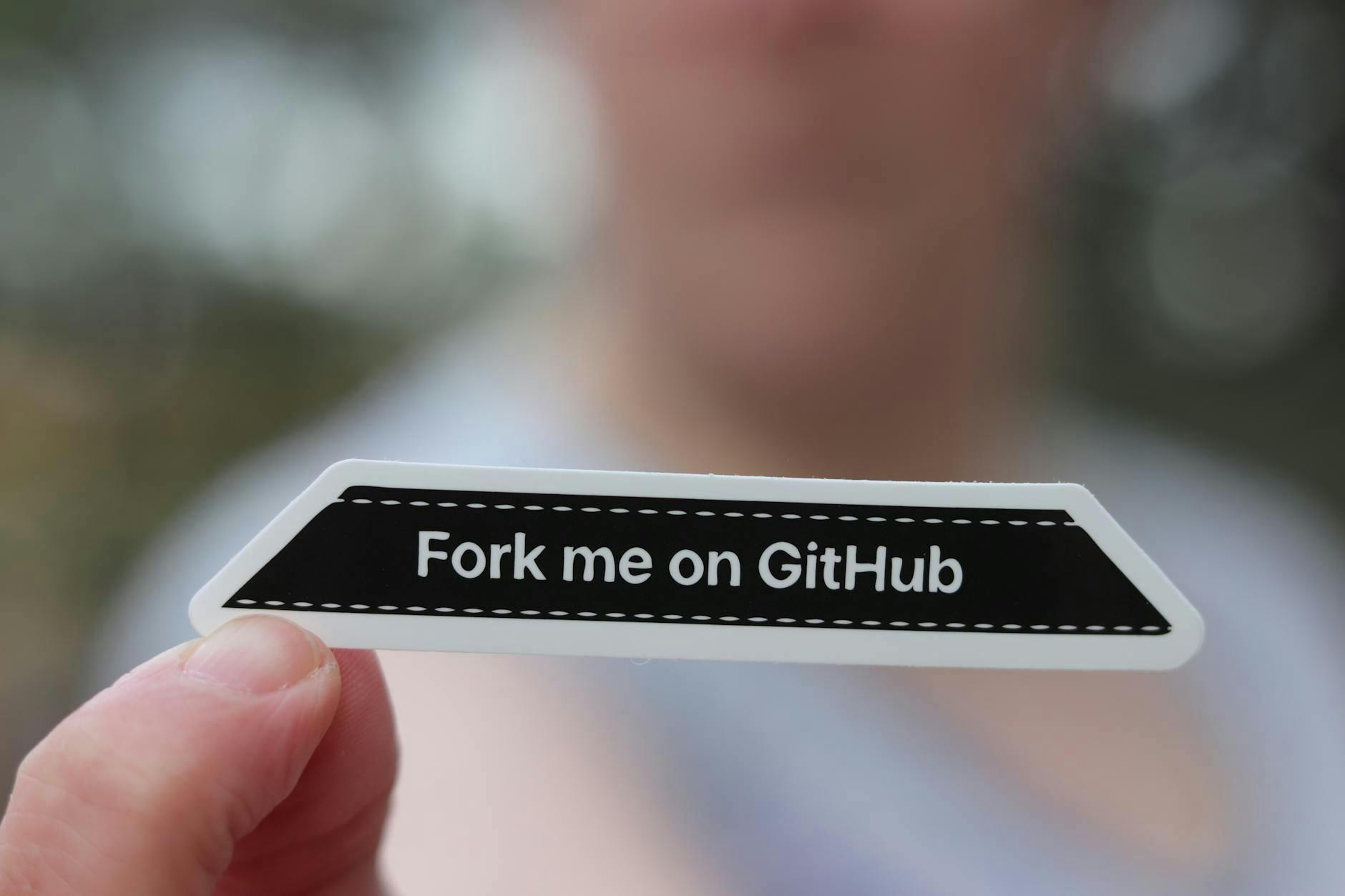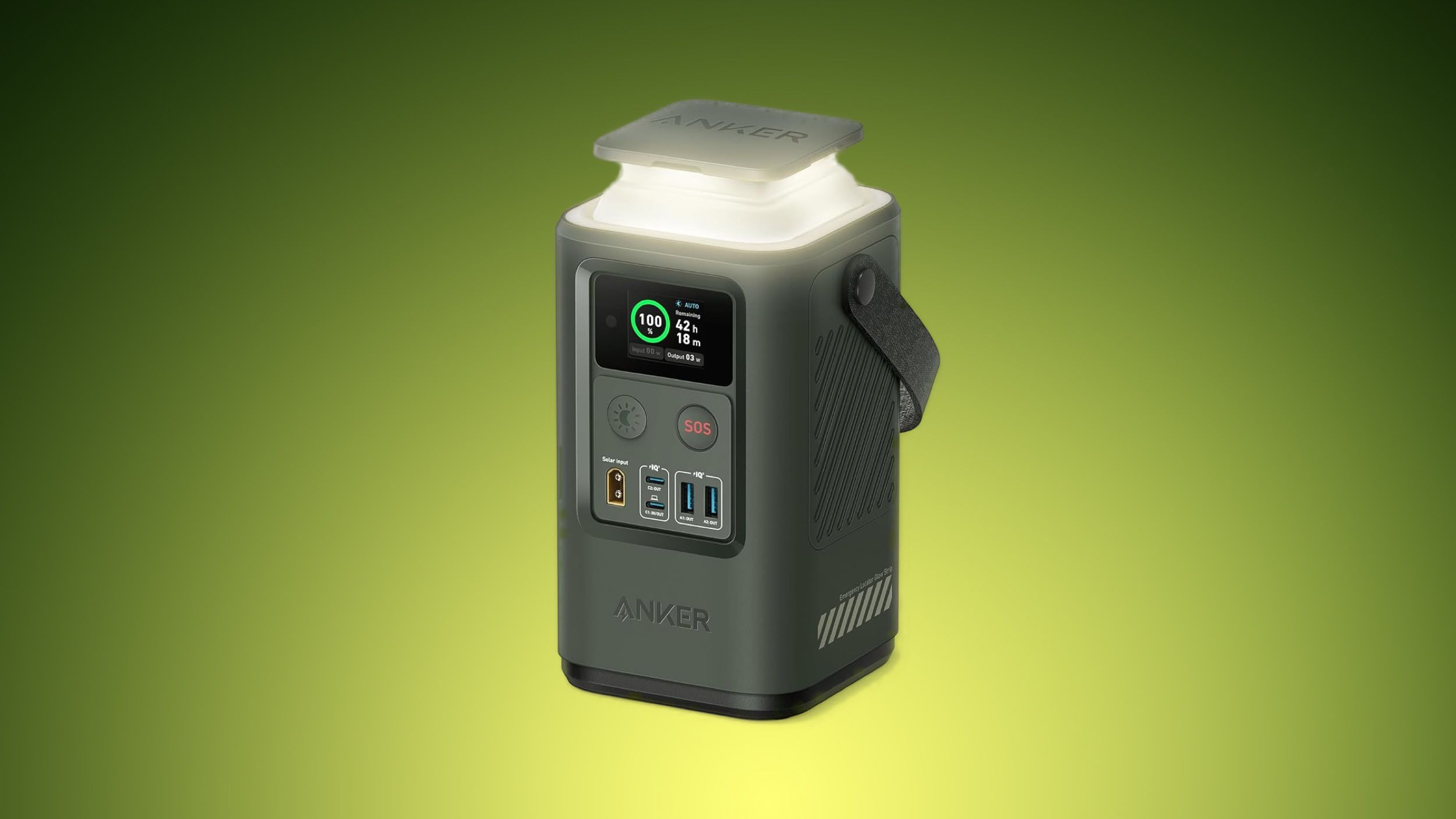Every year at Adobe Max, the software giant’s annual creative conference, it shows off a number of research projects it has in development. Sneaks, as the event is known, is a great way to peek behind the vast Adobe curtain and understand where the tech giant might be headed in the future. At this year’s event in Los Angeles, I got an early, exclusive first look at three of the photography projects.
This year’s crop of photography-focused presentations each tackle a task that could be handled with manual editing. But instead of spending hours relighting photos, removing distractors or animating 2D objects, these new tools make edits with a single click or two. They’re impressive feats, and they’re possible thanks to Adobe’s Firefly AI models running in the background.
Trace Erase is one of these projects. The new tool builds on Adobe’s generative remove technology that acts like an AI-powered eraser. In Photoshop, you can use generative remove to clean up images with photobombers, distracting wires, and cables and other errant objects impeding your shot. But it can take multiple steps to completely remove an object from an image, as Lingzhi Zhang, Adobe research scientist, showed me in a demo. There are often other signs that something has been removed, like a reflection in a window. Trace Erase takes care of all those follow-up edits and, like the name implies, removes every trace of an object’s existence.
An example of how Trace Erase removed the left jet ski and its wake.
It’s more than just removing reflections and smoothing out what remains. The AI has a wide knowledge base, so if you ask it to remove a jet ski, it will remove the entire object and the waves it created in its wake. If generative remove is an AI eraser, Trace Erase is an AI obliterator.
Another photography Sneak is called Light Touch. With the tool, you can completely transform how a photo is lit. You can literally use it to change the lighting — Adobe research scientist Zhixin Shu showed me how it can be used on an image of a lamp to turn on its light and adjust how bright it is, with the shadows aligning with the environment automatically. You can also diffuse light to adjust the prominence of shadows.
Spatial lighting, the third method in the project, lets you place the source of light within an image. You can make the light appear to be coming from any point in the photo, including from within existing objects, like a lit carved pumpkin. It’s an incredibly powerful tool that can transform any image simply by changing the lighting condition — something that’s very hard to do manually without having to reshoot.
Notice how the cursor in the left image is the source of light for the edited image on the right. You can adjust the color of the light, which is why it’s purple.
Turn Style is the third Sneaks photography project. Its name is very similar to the turnstiles you see at events, which makes sense for an AI-powered tool that takes 2D objects and brings them into 3D. Adobe research scientist Zhiqin Chen showed me how the 3D Render button can transform a 2D image into a fully rendered 3D object, which you can turn fully around, all 360 degrees. It maintains character consistency, so you don’t have to worry about having many AI hallucinations. While AI helps to turn it into a 3D object, you still have control over what degree it’s placed and what angle is visible.
Some previous Sneaks research projects have eventually ended up in the hands of users, like last year’s Photoshop harmonize AI tool, which is now generally available. But there’s never a guarantee that will be the case for all of them. What this year’s projects show is that Adobe is focusing its AI efforts for photography and photo editing on more practical use cases.
“In Photoshop, it’s not about just clicking a button for art. It’s [about] giving you all the tools to make it easy to achieve whatever you want to achieve,” said Stephen Nielsen, senior director for product management for Photoshop.
For more, check out the AI assistants coming to Photoshop and Express and Firefly’s first AI music model.










